Rhinoplasty-005
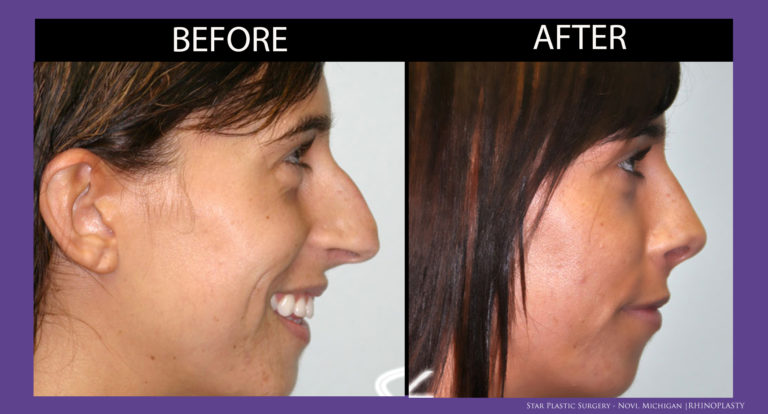
Rhinoplasty-004
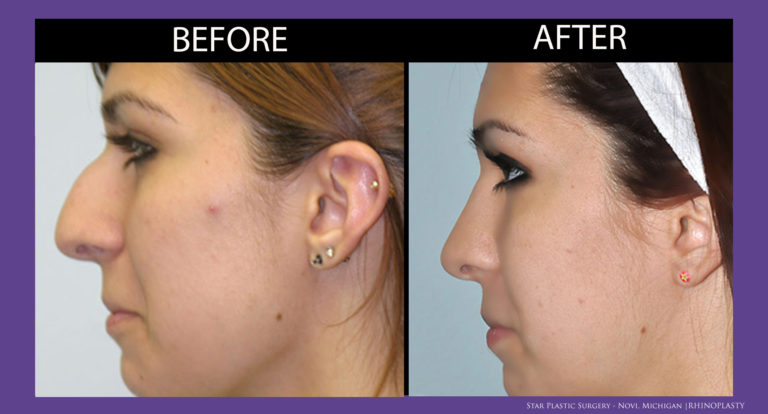
Rhinoplasty-003-Side
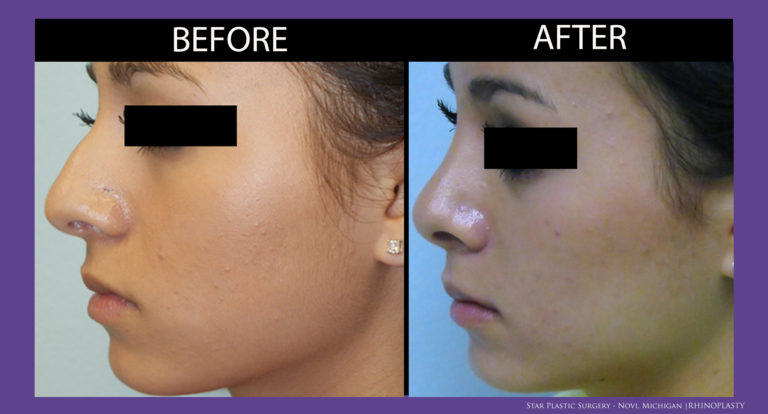
Rhinoplasty-003-Front
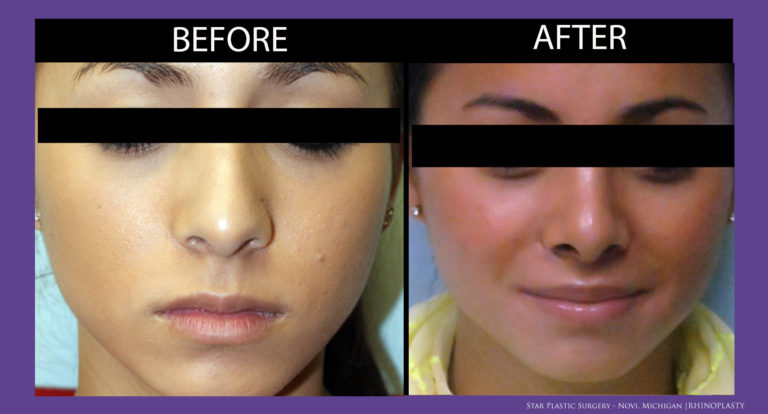
Rhinoplasty-002-Side
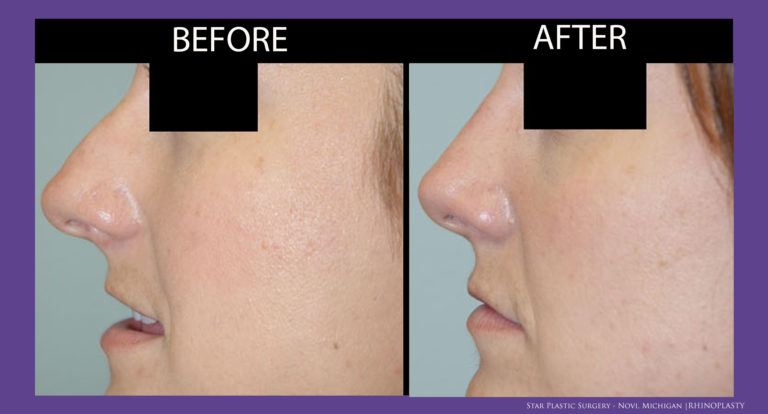
Rhinoplasty-002-Front
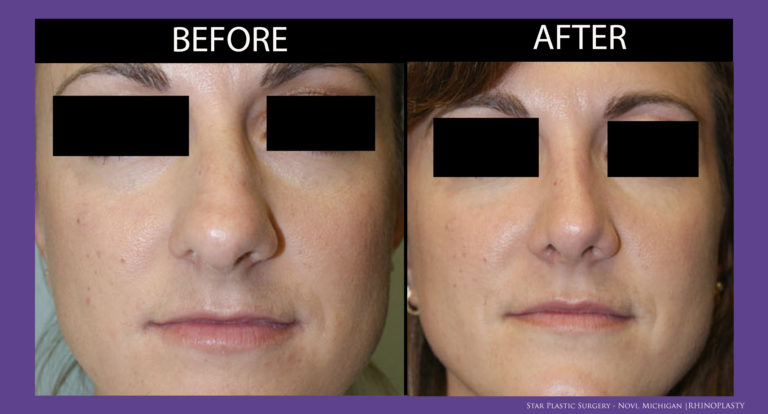
Rhinoplasty-001
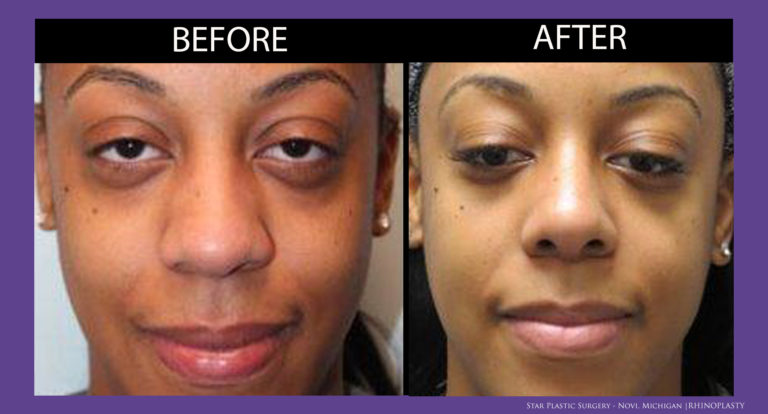
How Plastic Surgery Improves Quality of Life
When patients consider plastic surgery, it can be for any number of reasons – from physical to mental and emotional. They often overlap.
After all, some patients who want to improve physical features that cause embarrassment find increased self-confidence and enhanced body image post-op. So yes, plastic surgery improves quality of life.
And with surgeons worldwide using the latest technology, many of these transformations can happen in a matter of hours.
Physical Improvements
It’s fair to say that the majority of people seeking plastic surgery are looking for physical improvements. Perhaps they want to emphasize a certain part of their body – as they may with a Brazilian butt lift. For others, they want to draw the focus away from a body part such as a large nose or drooping eyebrows.
Yet, there’s another group of patients that may be looking to address an acute or chronic medical condition. Rhinoplasty or fixing a deviated septum, for instance, can greatly improve breathing for many patients. And patients who have survived breast cancer and had to have a mastectomy can benefit from reconstructive surgery.
In addition, other procedures can even address alignment issues in the body. In the cases of a tummy tuck or breast reduction, for example, patients report decreased back pain as a result of the front of the body no longer being pulled forward or the core muscles being out of balance.
Emotional/Psychological Benefits
In the vast majority of the above “physical” cases, the natural by-product of looking or feeling better is going to be higher self-esteem and a general sense of well-being that may have been missing previously.
The emotional outcomes will certainly vary from person to person. And much of this is based on their expectations. So a handful of patients may come in to have scarring or blemishes they want addressed. These procedures are usually straightforward and patients report a high rate of satisfaction.
For more complicated procedures, however, it’s crucial that patients understand what they can realistically expect. This is why each patient must spend time consulting with his or her board-certified surgeon.
Communication Is Key
Obviously, patients are made aware of the potential risks of their procedure. But if a patient is banking on plastic surgery to completely change his or her life for the better, their end result may end up being one of frustration, embarrassment, shame, or even anger.
That’s why there must be clear and concise preoperative communication between the patient and surgeon so that realistic outcome goals are established.
Plastic Surgery Improves Quality of Life
It’s pretty clear that, if done correctly and working from realistic expectations, plastic surgery improves quality of life. It can allow patients to feel empowered and confident.
What’s more, it may even allow patients to reclaim their body that was taken from them due to injury, illness, or pregnancy.
So if you’re considering plastic surgery, don’t hesitate to contact us. We’ll take the necessary time to discuss your personal goals and expectations to ensure the best experience possible.
Which Plastic Surgery Procedures Require More PTO?
Any time you have surgery, some (if not a lot) of your body’s tissue is manipulated. This means there is always going to be at least a small amount of time for your natural tissue vitality to be restored.
Patients considering a procedure who have a full-time job often inquire as to which plastic surgery procedures require more PTO.
It’s an important question because planning ahead is going to give you the best odds for faster healing. Especially for procedures that have a longer recovery time.
Some Plastic Surgery Procedures Require More PTO Than Others
In a previous post, we looked at procedures with the shortest average recovery times. We say ‘average’ because no two patients will ever have the same experience. Depending on a number of factors, some of the so-called ‘shorter’ recovery time procedures end up being longer than anticipated.
Nevertheless, we’ll look at some of the more complicated procedures here and what you can expect in terms of arranging for that paid time off.
- SMAS Facelift
A SMAS facelift is not to be confused with the simpler in-office or ‘lunchtime’ lift (also known as MACS). The SMAS facelift is considered by many surgeons to be the only true facelift, as it is more than just a skin-supported facelift.
With a SMAS facelift, muscle and connective tissue are manipulated. As such, the recovery time is much longer. Nurse care may even be required for the first night or two.
Generally speaking, it takes about two weeks before the bruising dissipates enough that makeup becomes effective. So if you’re choosing this procedure, start saving up those days now.
- Tummy Tuck (Abdominoplasty)
The tummy tuck is the next biggest contender for most PTO required after a procedure. Similar to the SMAS facelift, nurse care may be required for the first night or two.
Because of the complexity of this procedure, it is crucial to do sit-ups for at least six weeks. That doesn’t mean you’ll need to take six weeks off though! Most people do well by planning to take a week and a half to two weeks off.
You may find you’re ready to go back after five days or so. But whatever the case, you’ll still need to wear a compression garment and avoid heavy lifting for four to six weeks.
- Nose Job (Rhinoplasty)
The good news is, rhinoplasty doesn’t require aftercare nursing. And the pain will likely be mild for only a couple of days.
Unfortunately, the under-eye bruising is significant for a solid week – regardless of any efforts to conceal it. So if you’re in the public eye, the recommended time off for rhinoplasty is one week.
- Brazilian Butt Lift (BBL)
The general recommendation for time off after a BBL is three to seven days. It all depends on your ability to tolerate pain.
There is going to be swelling after a BBL procedure so you’ll be required to wear a compression garment for eight weeks. This also means that you shouldn’t sit or sleep directly on your buttocks for one to two weeks. You can sit on a donut cushion though and sleep on your side.
- Breast Reduction/Lift/Implants
Much like the BBL, the recommendation for time off after a breast reduction/lift/implant is in the three to seven-day range.
A breast reduction removes excess tissue and fat and raises the breasts without manipulation of the pectoralis major muscle. This fact means there will only be some discomfort – though you can expect swelling and bruising.
Additionally, in the case of a breast lift that does NOT require manipulating the pectoralis major muscle, the discomfort may also not last too long. The bruising and swelling could stick around for seven to ten days though.
Meanwhile, in an augmentation procedure where the implant is placed under the pectoralis major, there is going to be more discomfort for an average of four to seven days.
At the end of the day, the amount of time you opt to take off for any of these breast procedures will depend largely on your ability to deal with pain.
Be Realistic When Considering the Time Off You’ll Need
While the above plastic surgery procedures require more PTO than many others, it’s important to remain realistic about what you need during recovery.
There will be times post-op when you feel more discomfort than other times. You’ll want to prepare for those.
So if you’re considering a procedure, be sure to contact us to get the low-down on what you might expect from your own recovery based on how you specifically heal. Then you can more comfortably go from there.
Plastic Surgery and Regenerative Medicine – The Perfect Duo
It’s been said, “regenerative medicine is the wave of the future.” Of course, that was said a while back because this burgeoning field is already taking the medical world by storm.
In the simplest of terms, regenerative medicine is the process of either replacing or renovating human cells, tissues, and organs to assume regular function.
And as the field continues to merge and expand, it’s no surprise that plastic surgery and regenerative medicine make good bedfellows.
Ways That Plastic Surgery and Regenerative Medicine Work Together
Any surgical procedure requires the body to heal. For some this is more challenging than others.
Regenerative medicine gives the body a boost. Through various processes, it aims to either regenerate damaged nerves, bones, or tissues or to stimulate the body’s existing repair mechanisms to heal. It’s an amazing concept, really.
Seeing the huge potential of this field, plastic surgeons have been particularly instrumental in elevating and utilizing these therapies. Here are just a few ways:
- Wound Care
Wound healing is highly emphasized in all surgical procedures. And complex wounds that don’t easily heal have forever been a source of concern for surgeons.
Healing these complex wounds is a major focus in regenerative medicine. Strategies in tissue engineering enable surgeons to use skin substitutes (composed of living cells cultivated in a lab) to stimulate healing. Meanwhile, other growth factors continue to be explored.
Proper healing can be especially crucial in plastic surgery procedures where aesthetics are the primary focus. Thanks to regenerative medicine, it’s not unusual to encounter plastic surgeons now using devices that incorporate micro-mechanical forces and negative pressure to stimulate wound healing. In fact, it was a plastic surgeon who discovered these devices.
Regenerative therapies for healing scars also include energy-based devices that use intense pulsed light or lasers.
- Bone and Nerve Regeneration
When skilled plastic surgeons work with patients to reconstruct extensive damage to the face or limbs, there are often significant segments of bones missing. Through regenerative medicine, surgeons have been able to use calcium-based scaffolds and biomaterials (made from bone) to form new bone tissue.
They’ve also taken great strides in the science of regenerating nerves to attain their optimal functioning through therapies that use growth factors to stimulate nerve healing and grow nerve fibers. Special biomaterials are then further employed as guides to direct that growth. This has been especially beneficial for patients in need of hand and upper extremity surgery, as well as lower extremity surgery.
- Burn Care
When it comes to reconstructive surgery for burn injury patients, plastic surgeons are pioneers in the field of skin regeneration. The utilization of protein scaffolds to generate the innermost layer of skin (the dermis) have been highly effective in healing.
- Breast Reconstruction
For breast cancer survivors, regenerative medicine has provided better outcomes from reconstructive surgery through the use of decellularized tissue scaffolds. Much like the scaffolds mentioned above, these scaffolds regenerate new tissue layers which, in this case, are over the implants.
- Specialized Skin Flaps
In some cases, plastic surgeons have to work to eliminate deformities involving delicate and complex structures that require additional skin. This is not unusual in rhinoplasty surgery.
As such, they’ve utilized regenerative medicine to engineer replacement tissues on another part of the body. Known as ‘flap prefabrication,’ the process involves then transferring tissue grafts from the growth area to the deformity once it has healed.
Want More Great Articles About Plastic Surgery?
If you’re thinking about plastic surgery for yourself, you might be curious about the plastic surgery and regenerative medicine connection or any other number of topics. Explore our blog loaded with informative topics to educate yourself further.
Of course, if you’re feeling ready to you move forward right now, reach out to set up your free consultation. We’ll answer any questions or address concerns you might have about the surgical procedure(s) you’re considering.
So go ahead. Contact us today!














